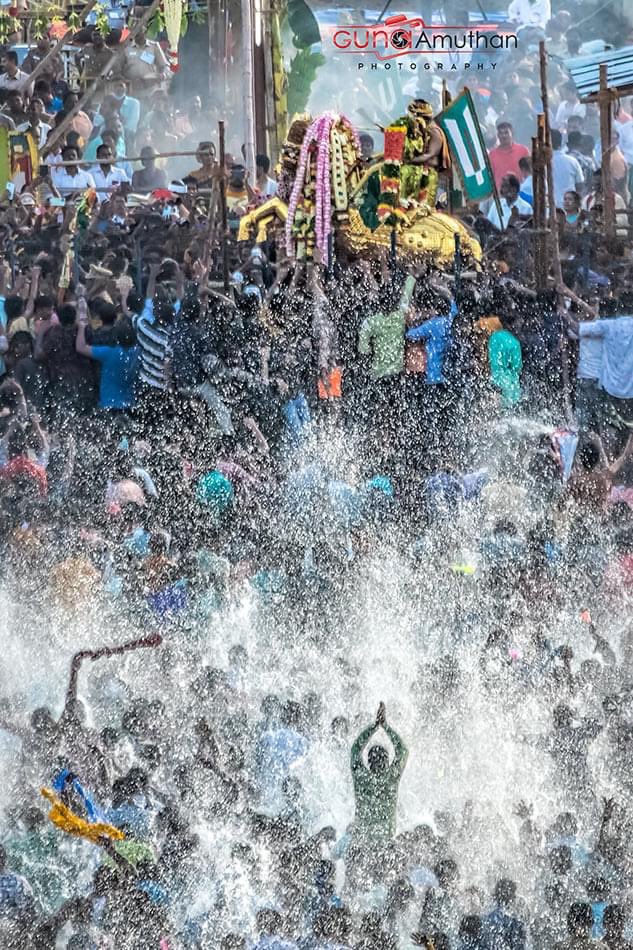#ChithiraiThiruvizha came to a closure in Madurai Meenakshi temple yesterday with ‘Theerthavari’. It also coincided with Azhagar entering the Vaigai river. Those who thought that people will be weaned away from the festivities due to 2 year pandemic gap, were seriously mistaken + 





Dharmic Tamilians thronged the streets with double vigour. I was told by friends that the number of Thirukkans were almost doubled this year + 







People from all ages from the surrounding villages came to Madurai and it was amazing to see the kids dressing like various Gods. Even some elders did this with enthusiasm + 







It is clear that the current set back in this Dharmic land is only temporary & Dharma as usual will come out strongly as it did during a number of times, including the tyrannical times of Madurai Sultanate. It’s just a matter of time + 







It also proved that this Thiruvizha is a festival of masses with the entire Madurai participating as if it is their own house function. Spare a thought for Tirumalai Savuri Naayinu Ayyalukaru Nayak who conceived this grand festival along with Agamic expert Neelakanta Dikshitar+ 

and thanks to all those who followed my posts very patiently and bearing with me for a number of posts. Hopefully many will now unmute me :) #ChithriThiruvizha2002
Nandri 🙏

Nandri 🙏


• • •
Missing some Tweet in this thread? You can try to
force a refresh





















